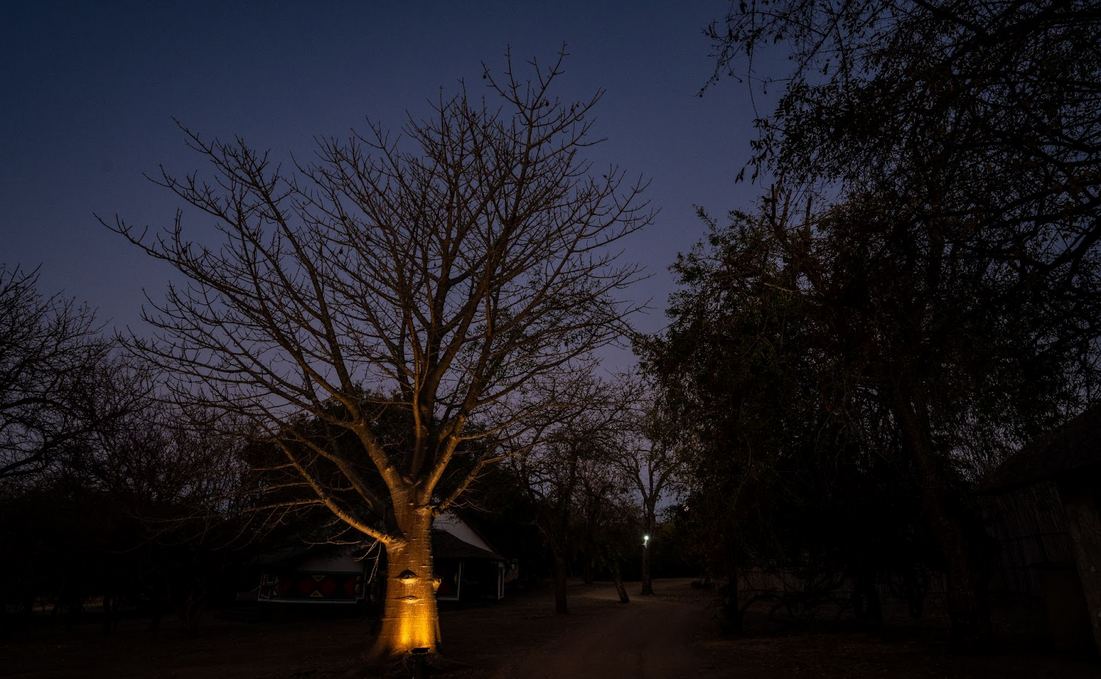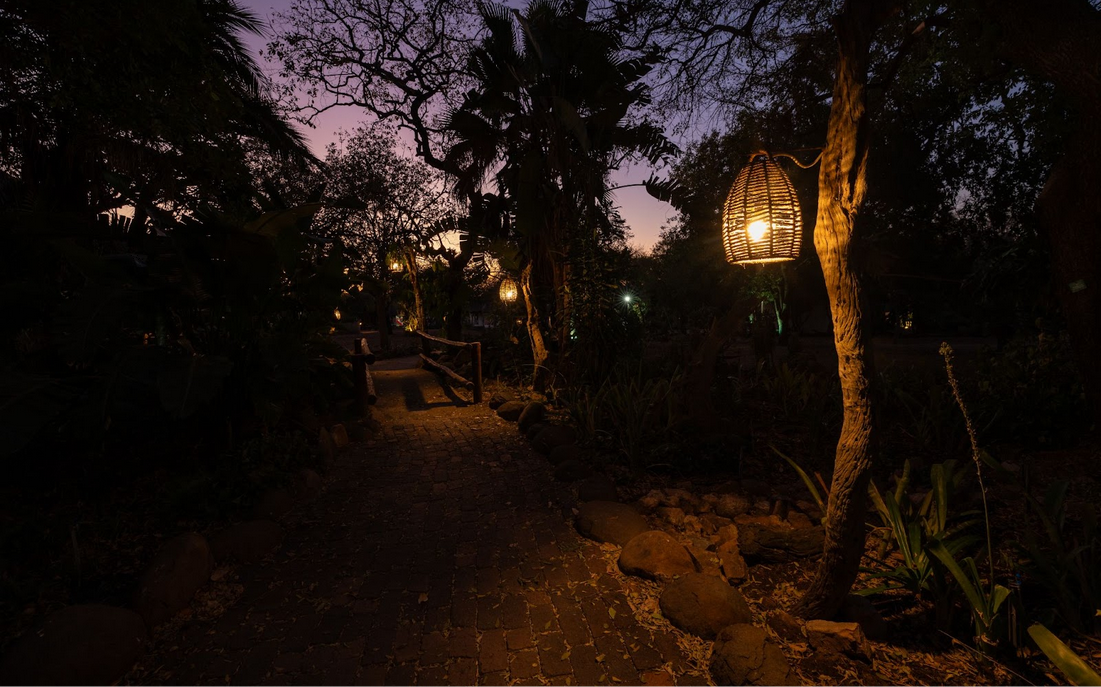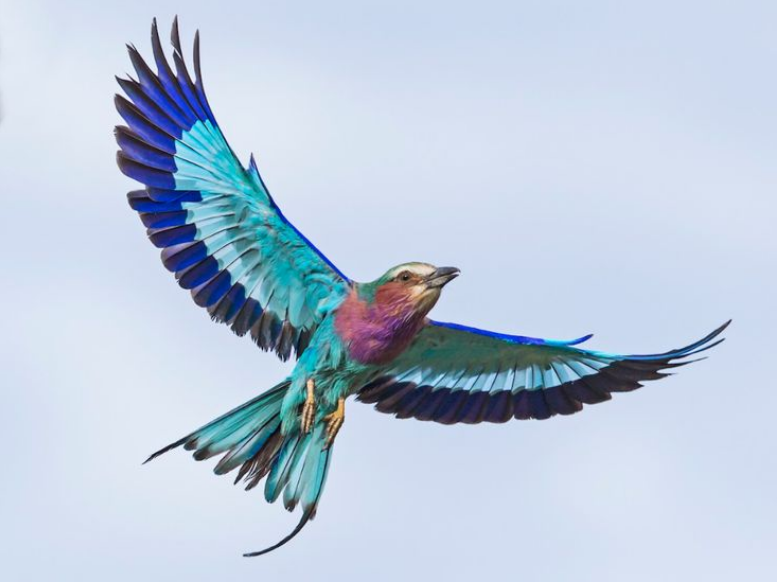
As darkness settles across Timbavati, a transformation unfolds. The last sunbirds flit into their nests, the golden light fades, and silence seems ready to fall, until the bush begins to sing again. The night in Timbavati is alive with sound: the chorus of frogs, the calls of nightjars, the booming roar of lions, and the eerie whoop of hyenas. These sounds, layered into an intricate soundscape, are as much a part of the safari as the game drive itself. To lie in bed at Timbavati Safari Lodge, listening to the night’s orchestra, is to experience Africa in its rawest, most authentic form.
From Daylight to Darkness: The Shift in the Bush
The change from day to night in the African bush is abrupt, almost theatrical. The blazing sun sinks quickly, shadows stretch, and animals prepare for a new rhythm. Daytime grazers retreat to safer grounds, while nocturnal creatures stir. The insect chorus intensifies, frogs add rhythm, and soon the apex predators take over the night.
The shift is not only biological, it is sensory. Sight diminishes, but sound amplifies. For visitors, the experience is transformative: the bush that felt vast and visible by day becomes mysterious and alive with hidden presence at night.
The Soundscape of Timbavati Nights
Owls: Guardians of the Darkness
Timbavati is home to several species of owls. The spotted eagle owl delivers a deep, resonant hoot from the treetops, while the African scops owl repeats its soft, bell-like call. Each note is purposeful, territorial declarations, communication with mates, or hunting cues. Guests often remark that the owls’ haunting sounds are among their most enduring memories.
Nightjars: Voices of Twilight
Nightjars begin their chorus as the first stars appear. Their repetitive, mechanical “churring” is steady and soothing. Known as masters of camouflage, they are rarely seen during the day, but their evening calls define the transition into night.
Lions: The Roar that Commands
Few sounds stir the soul like a lion’s roar. Deep and thunderous, it can carry for up to eight kilometres. Roars are both social and territorial, used to warn rivals and reassure pride members. Hearing a lion at night while tucked safely into your lodge room is an electrifying reminder of the wild just beyond your door.
Hyenas: The Whoop and the Laugh
Hyenas are among the bush’s most vocal animals. Their “whoop” is a long, rising call, often heard during night hunts or while gathering the clan. Their infamous laugh, high-pitched and unnerving, signals excitement or tension within the group. To hear hyenas communicating across the darkened landscape is to be immersed in the complexity of nocturnal survival.
Frogs and Insects: Nature’s Choir
The smaller voices complete the symphony. Painted reed frogs fill wetlands with rhythmic croaks, while the cricket’s steady chirp becomes the bush’s background music. These sounds, though often overlooked, are vital to the soundscape, they represent abundance, water health, and the beating heart of the ecosystem.
The Cultural Storytelling of Night Sounds
For centuries, African cultures have woven the sounds of the night into stories and lessons. Owls are often seen as messengers or symbols of wisdom. The hyena’s laugh appears in folklore as a trickster’s voice. Frogs herald rain and abundance, while lions represent strength and kingship. At Timbavati, guides often share these tales by the firelight, adding layers of meaning to the nocturnal symphony.
How to Tune Into the Night
Guests can enhance their experience with a few tips:
- Close your eyes: Let sound become the dominant sense.
- Identify layers: Notice the bass (lions), the midrange (hyenas, owls), and the treble (frogs, insects).
- Ask guides: Don’t hesitate to ask about any sound, it may reveal a whole story you’d miss otherwise.
- Stay still: Silence from you allows the bush to continue its performance naturally.
Conclusion
The night sounds of Timbavati are not background noise, they are the living soundtrack of Africa’s wilderness. They carry meaning, history, and power, connecting you to both the wildlife and the cultures that have coexisted with them for centuries. To listen to Timbavati after dark is to hear the bush speaking directly to you.










